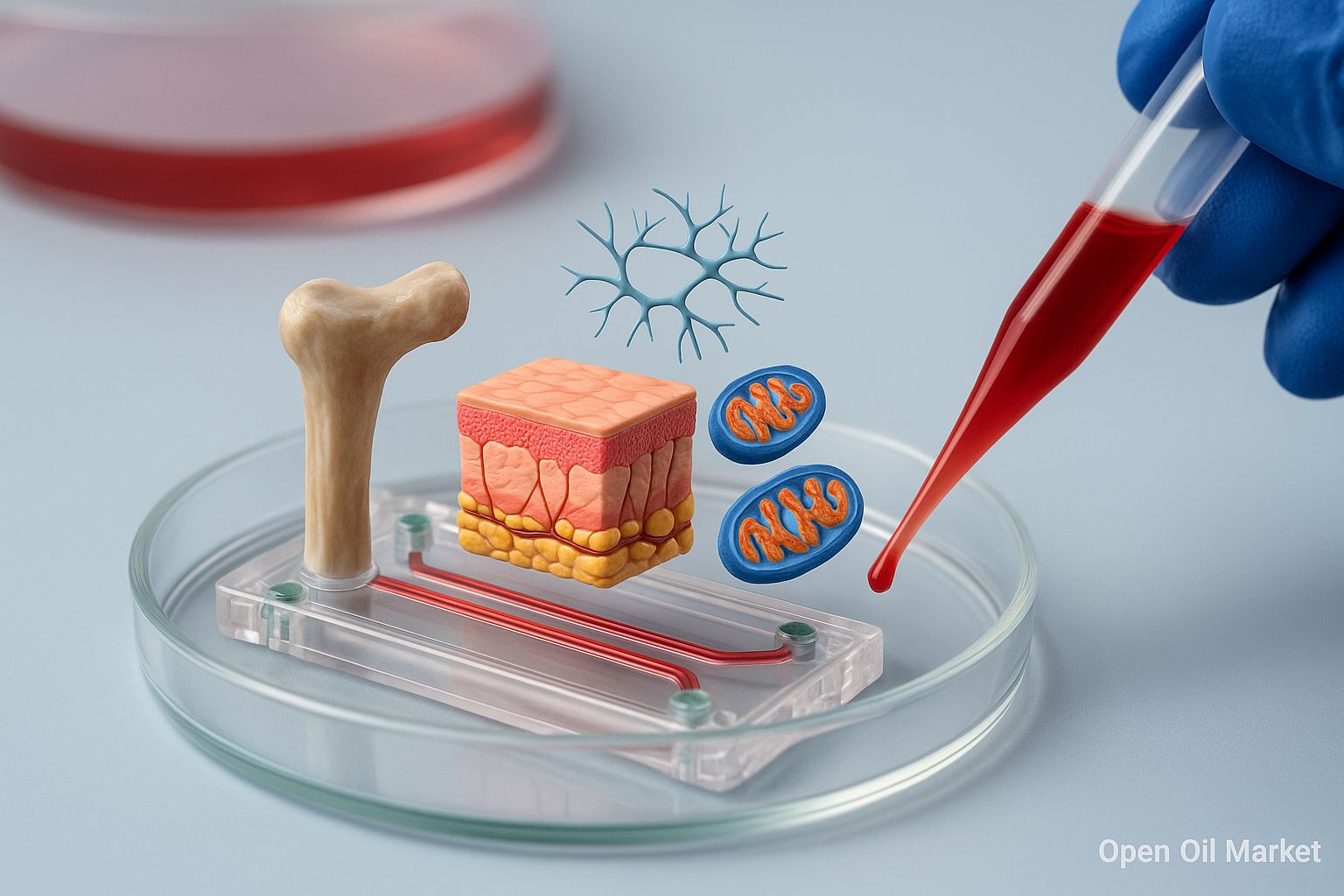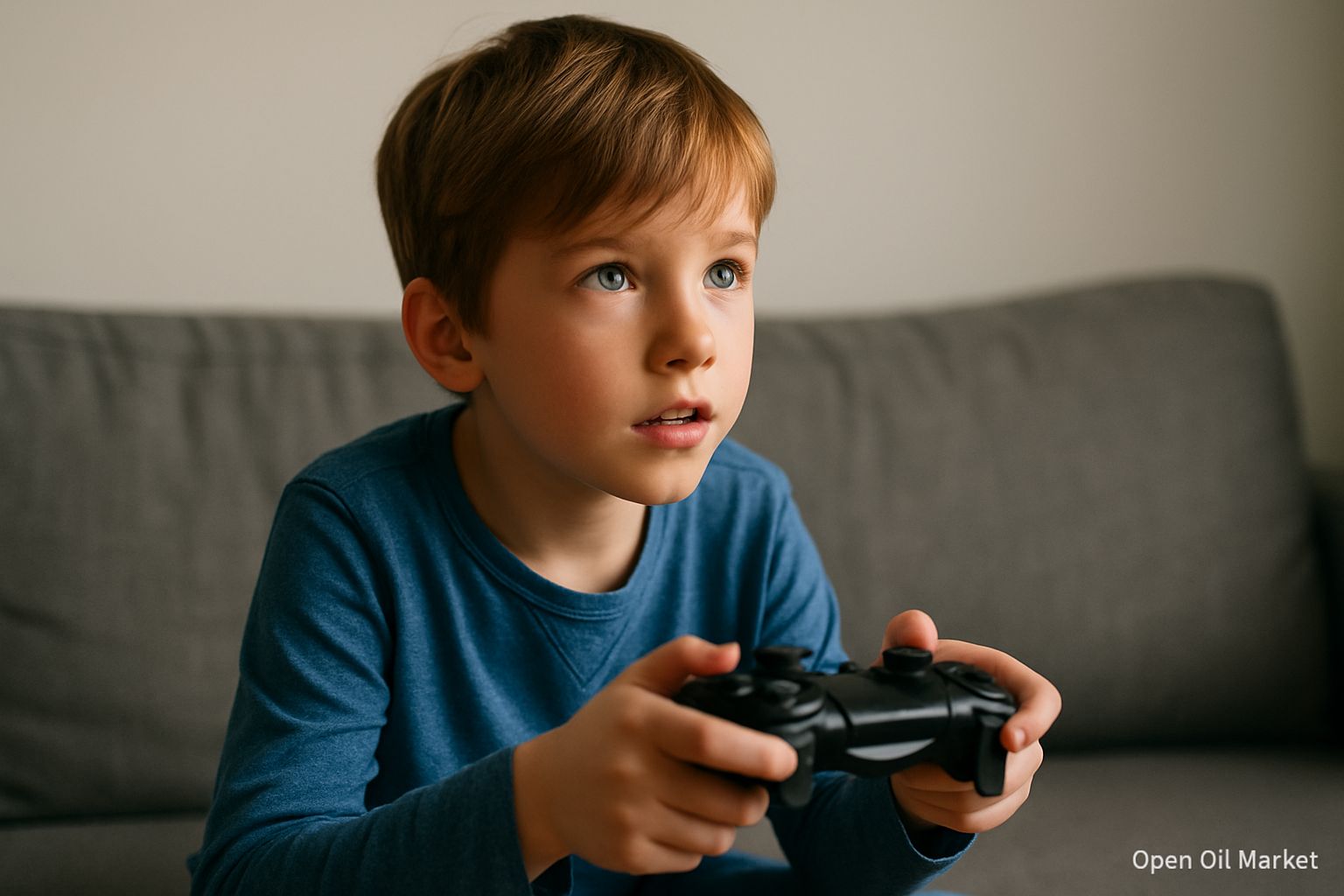
Korean Scientists Discover That the HMGB1 Protein Plays a Key Role in Aging Process
It sounds fantastic, but researchers from South Korea assert that the aging process can be slowed down. Their studies suggest that aging is not merely the gradual wear of cells, but rather a controllable process. Furthermore, this process can be decelerated or even practically halted by targeting a specific protein in the body. We explain in simple terms this sensational discovery that could give a new boost in the quest for youth. Many generations have dreamed of an elixir of youth – and science has now taken another step in that direction.
The "Contagious" Nature of Aging: How the Process Spreads Throughout the Body
It turns out that the cells in our body have the ability to "infect" each other with aging. New research has shown that signs of aging can be transmitted from cell to cell, similar to an infection. When a single cell becomes aged (scientifically known as cellular senescence), it releases signaling molecules into the surrounding environment. These signals compel neighboring healthy cells to age as well, meaning they stop dividing and initiate inflammatory processes. In this way, aging seems to "spread" throughout the body like a forest fire, encompassing more and more tissues. Scientists compare this effect to a viral infection: the role of the "aging virus" is played by the HMGB1 protein.
HMGB1 Protein – The Primary Culprit of Aging
Researchers have determined that the key to this spreading of aging lies with a specific protein named HMGB1. Typically, this protein resides within the cell nucleus and assists in DNA functions. However, once a cell ages or becomes significantly damaged, HMGB1 is expelled into the bloodstream and extracellular space. It is outside the cell that it transforms into a "messenger of aging," transmitting aging signals to other cells in various organs.
Active and Inactive Forms: When the Protein is Harmful
It is important to highlight that HMGB1 can exist in two chemical forms. Researchers refer to these as the active (harmful, reduced) form and the passive (harmless, oxidized) form. The active form of this protein triggers a chain reaction of aging: it binds to receptors on other cells and effectively "turns on" the aging process within them. Healthy cells, under the influence of active HMGB1, cease to divide and begin releasing inflammatory molecules – characteristics associated with aging. Conversely, the passive (inactive, oxidized) form of HMGB1 causes no harm: if the protein is in this state, neighboring cells can continue to function and renew normally.
Experiment: Injection That Aged Young Mice Within a Week
To confirm their hypothesis, the researchers conducted a striking experiment. A group of young, healthy mice was administered a small dose of the "harmful" reduced form of HMGB1. The result astonished the scientists. Typically, age-related changes develop over years, but in this instance, clear signs of premature aging appeared in the young animals within just one week. Their cells slowed down in division, the levels of inflammatory molecules in the blood increased, and the physical condition of the mice deteriorated. In simpler terms, the organism reacted as if it had aged suddenly. Moreover, in an additional verification, the researchers compared the blood of elderly individuals (70-80 years) to that of middle-aged people (40 years). The analyses revealed that seniors had much higher levels of active HMGB1. Indeed, the body accumulates more of this "aging molecule" as it ages, thereby intensifying inflammation and tissue damage.
Blocking the Protein Restored Youth
Another part of the experiment is encouraging. The scientists attempted to "turn off" the aging mechanism by blocking the action of HMGB1. Elderly mice with age-related muscle issues were administered a special substance – an antibody that neutralizes active HMGB1. The outcome was remarkable: the condition of the older mice improved significantly. Muscle tissue damage healed more rapidly, inflammation decreased, and the mice themselves became more lively – they ran more actively and gripped more firmly. Essentially, blocking the protein partially rejuvenated the aging organism.
How to Control the Aging Process
A key takeaway from these experiments is that if we learn to control the chemical state of the HMGB1 protein, we could slow down and even stop the aging process in cells. In essence, this protein has become a "switch" for aging: in its active state, it accelerates tissue decline, while in its neutralized state, it gives cells a chance for rejuvenation. Now that scientists understand this mechanism, new opportunities arise for intervention in the aging process. In other words, aging ceases to be an inevitable fate – it is now a process that can be attempted to control.
A New Vector for Rejuvenation Drugs
The discovery by Korean researchers has already been termed a breakthrough in gerontology. Understanding the role of HMGB1 provides a new vector for the development of rejuvenation drugs and therapy methods. For instance, a hypothetical medication that blocks the "aging molecule" could lead to:
- Reduction of chronic inflammation associated with aging;
- Improvement in tissue regeneration and wound healing in older individuals;
- Preservation of muscle strength, good memory, and overall health with age.
Of course, these are merely projections that need confirmation, but the prospects themselves are very promising. Foreign pharmaceutical companies have already expressed interest in the concept of a drug capable of "turning off" the aging signal at the cellular level.
Is the "Aging Pill" Near?
Clearly, it's important to understand that turning this scientific idea into actual rejuvenation means is not a one-year task. The research has only been conducted on cells and animals, so there is still much work and testing ahead. Nonetheless, the very fact that aging can be slowed by targeting a specific aging mechanism instills hope. While it may not yet be a magical elixir of youth, science is indeed offering a way to delay aging. The battle against aging has entered a new phase, and aging no longer seems like an unavoidable sentence. Humanity now has a real chance, if not to entirely halt it, then to significantly postpone its onset. Time will tell how successfully this strategy for extending youth can be implemented in practice.




